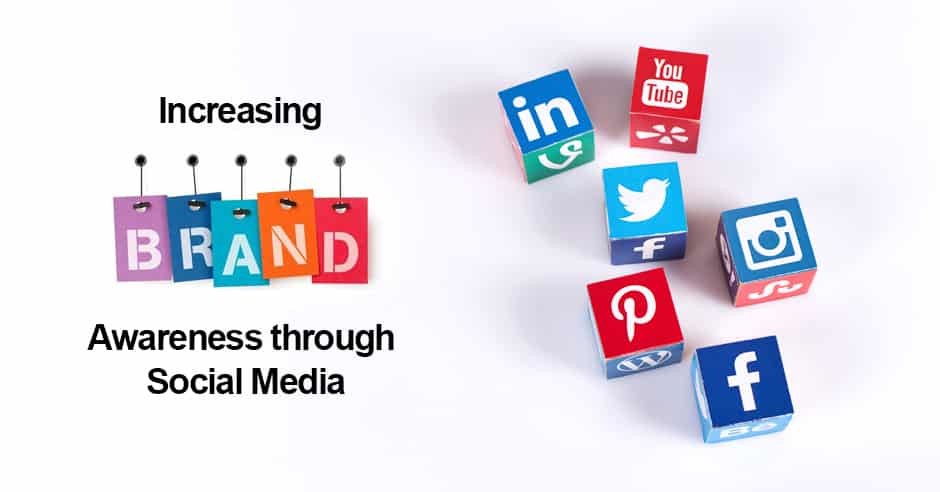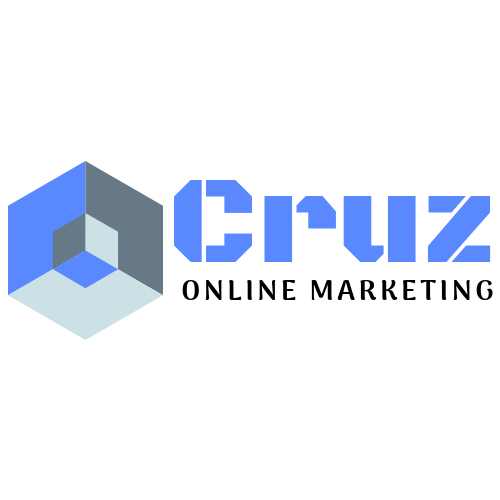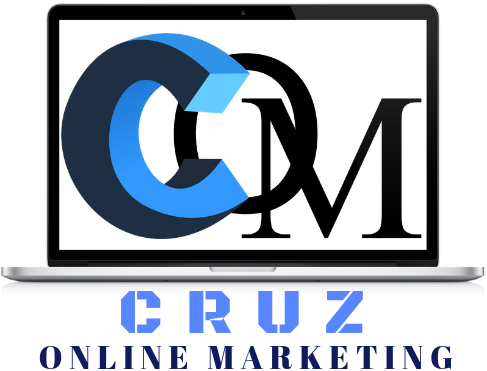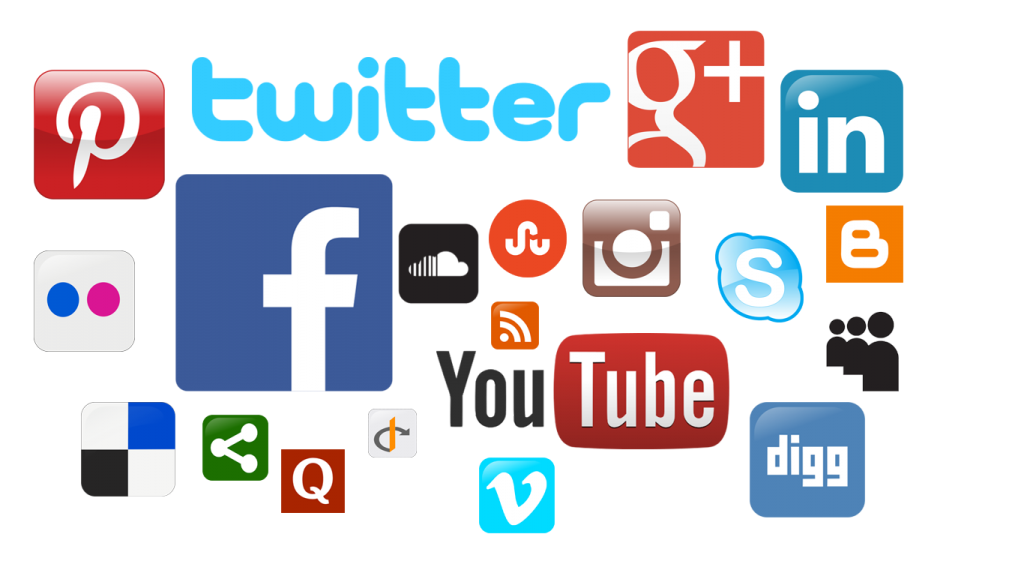What Is Social Media Marketing
Social media marketing or SMM is perhaps one of the most misunderstood types of marketing. In fact, today, there are all different types of online marketing that can be applied for you houston business
There are two different types of social media strategies when you are a marketer….
Social Media Optimization which deals with using social medium platforms for ranking in organic search
Social Media Marketing that has more in common with relationship marketing than anything else.
How Marketing Experts Use Social Media
Since it is very likely that you are a small business in houston with a limited brand, how you use social media versus how most large businesses use social media are completely different.
For the small business in houston, it is more of a matter of squeezing out leads for their business while bigger brands use it mainly for reputation management.
The general strategy for gaining these leads usually follows this format:
Follow or Friend people within your market
Engage your “audience”: Give something back in the form of information or entertainment (or both)
Squeeze in offers and/or news pertaining to the businesses’ brand or hope for retweets/likes from the information or entertainment you introduced for more reach.
The results are not spectacular sometimes, in spite of the potential extended reach. (more on that later)
The concept of social media as being relatively new is actually not true. Forums were possibly the first social connections online and this quickly moved to blogging. The context behind social media is the ability to connect, congregate and confess (that’s being dramatic but whatever). For online marketers, this connection opens the door for making offers based on the social media circle’s target market (if they have one at all). Of course, this the rose tinted glasses version.
In actuality, social media marketing is best used for strengthening brand recognition and position and dealing with reputation management with others inside your extended network.
SMM has become synonymous with platforms like Twitter and Facebook but in actuality, the social media craze that we think of it today actually happened due to blogging. ”Social Media” covers a range of tools but primarily as defined by these terms:

This means it covers a wide range of platforms which include:
Bookmark websites such as pinboard, bibsonomy, etc.
Video Sharing Websites such as Youtube
Photo sharing websites such as Instagram
Social Network website such as facebook, linkedin, etc.
Micro blogging networks like twitter and tumblr.
And of course, blogging
Ten years ago, your ability to connect to others within your market was limited to direct contact. Social media can scale the process quickly by making visible social clusters among groups who share like-minded interests.
Social Media Marketing (SMM) vs Social Media Optimization (SMO)
Blogging isn’t necessarily considered to be a social platform today, but it is still included because the nature of a blog with it’s RSS feeds. If RSS feeds opened the doorway to SMO, Universal search kicked the door off its hinges.
The difference between social media marketing versus Social media optimization is that SMM is geared to brand and strengthen existing relationships (whether common or fringe) while SMO is geared to utilize the social networks as a way to introduce and rank your brand across the search engines by utilizing the trust of the platforms. SMO is also used to increase potential traffic visibility since many of these networks have built in communities.
Most marketers may use social websites like twitter and facebook for interaction while using sites like Youtube and Instagram to expand their reach beyond static content located on their personal website. This may change dramatically as Google, and the other search engines begin to explore social network links as indicators of quality and freshness.
Many online marketers still use RSS directories and bookmarks as link drivers, and some use social media through a variety of linking schemes to induce ranking. Of course, there is also the blog comments.
Social Media and Networking
Many marketing agencies view the uniqueness of social media because it allows you to network with people who would otherwise be strangers. In actuality, where social media is unique is in the way that it will enable others to see who is in your network freely. From a marketing viewpoint, this can theoretically at least scale reach quickly by focusing on social clusters with like-minded interests.
This opens the door for many online marketers to engage individuals based on interests for potential leads and branding as well as developing relationships with people and groups that are considered influencers and mavens.

Social Media and Branding
Perhaps the best way to use social media is for the branding purposes. The rendition goes something like this. You make your introductions, usually, by “friending”, “following”, “commenting” or “bookmarking” and from their you make your presence known by giving useful, relevant content in the form of links which compels the friend or follower to see you in a positive light.
It also opens the door for social media abuse.
Social Media Marketing and Marketers Who Abuse It
As soon as online marketers and advertisers figured out that social media could be exploited for potential monetary gain, they entered. Suddenly, you had online marketers trying to use social circles to infiltrate and sell directly to the circle. The more ethical (but misled) social marketers tried to use formulas based on mixing good content in with offers.
The poor results have had marketers make the claim that social media doesn’t work. In reality, while there are ways to use social platforms for inbound marketing, most marketers aren’t willing to commit the rather extensive time resource that it requires.
In essence, what seemed like a good idea because it supposedly helped automate inbound marketing tasks actually became a time sink in which the return on investment was small compared to the time it took to attain it.
Challenges for the Social Media Marketer
Engagement is the key ingredient for success but there are some real challenges for the marketer when it comes to social media. The biggest challenge for most marketers is to understand true reach versus the almost imaginary reach that comes with social networks such as Twitter.
“Number of followers is not a good metric for TRUE Reach”
Because engagement on social networks typically require no cost to the individual (other than perhaps the annoyance of sharing things), many marketers can be deluded into believing that volume of followers/friends will equate into a potential for a larger reach within the market.
In actuality, reach has more to do with how the person engages your “tweets”. How the person perceives you in accordance to WIIFM becomes the main determination on reach. In short, exchanging follows (I follow you, you follow me) isn’t predicated on respect and will likely result in no return. Still, marketers view this as a viable option for gaining credibility.
This can be proven by looking at the bigger names such as celebrities and icons within a market in which they follow few but are followed by thousands. The interaction between the bigger names and their followers are naturally going to be higher because the followers want something that the bigger name has (which could be something as simple as recognition).
Real Time Events = Potential Missed Opportunities For Your Targets
Another problem is that social events on platforms like Twitter make whatever message you are sending to potentially not be seen as opposed to a static format. Compound this with a limited level of respect and trust, and your reach shrinks even more.
If you think that Twitter and Tumblr are the only social streams affected, think again. Facebook uses a sophisticated algorithm to determine who sees what called edgerank, which applies an affinity score (have you been engaged by this individual before) to determine who sees what. In other words, 3,000 friends on Facebook may seem to give you more reach, but in actuality may be seen by few.
There are other challenges involved with social media marketing, but the main challenge for any marketer looking to brand their business has to do with how that other entity views you and your brand.
Need Social Media Marketing For Your Houston Business Contact Us Today


